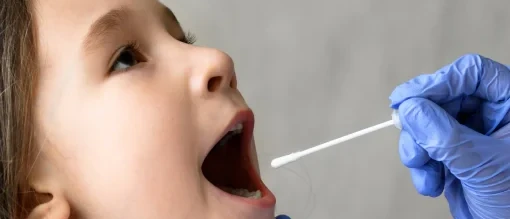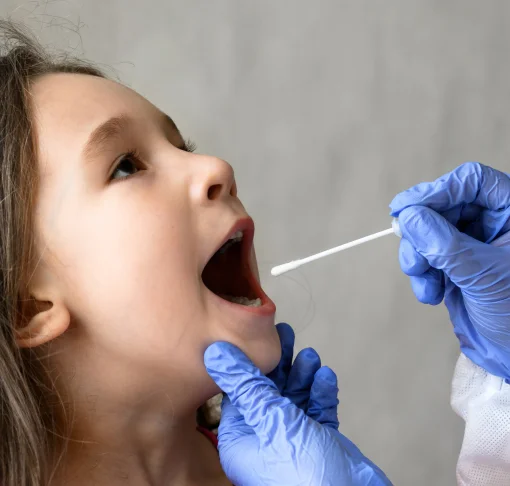- Drug and Alcohol
Court approved hair, nail, blood drug and alcohol testing - Maternity and Paternity
Ministry of Justice approved legal DNA testing - Wider Relationships
Understanding second and third degree familial connections - Immigration
Home Office approved testing for visas and passports - Expert Services
Court standard expert witness reporting - International DNA Collection
Home Office approved DNA collection from overseas
Introduction to Norcocaine
Norcocaine is a primary metabolite of cocaine, formed in the liver through the process of N-demethylation. While norcocaine itself has limited recreational usage, its presence in the body is a strong indicator of recent cocaine use and metabolism. It is pharmacologically active and contributes to cocaine’s toxic effects, including cardiovascular and neurological risks. Testing for norcocaine can provide critical insights in forensic, clinical, and legal contexts.
Norcocaine Street Names
- Blow
- Snow
- Coke
- White Powder
- Flake
Norcocaine's Chemical Structure
Norcocaine has a chemical formula of C16H19NO4, slightly altered from cocaine due to the removal of a methyl group. This structural modification reflects its metabolism nature while retaining pharmacological activity.
How To Test For Norcocaine
Here are the common testing methods for norcocaine detection:
01
Hair
Long Detection Window (Months)

Hair testing provides a historical record of norcocaine presence, useful for detecting long-term cocaine use.
Explore Hair Drug Test03
Urine
Medium Detection Window (Days)
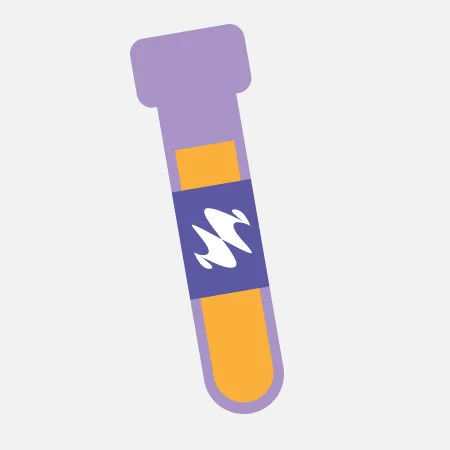
Urine tests are among the most common methods for detecting norcocaine and other cocaine metabolites.
Explore Urine Drug Test04
Blood
Short Detection Window (Hours to Days)
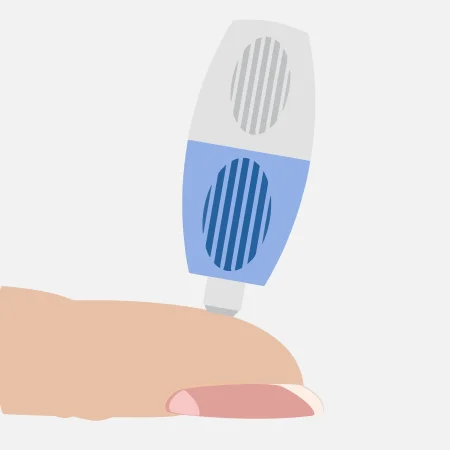
Blood tests detect norcocaine in the immediate aftermath of cocaine use, making them useful in acute cases.
Explore Blood Drug Test05
Saliva
Short Detection Window (Hours to Days)
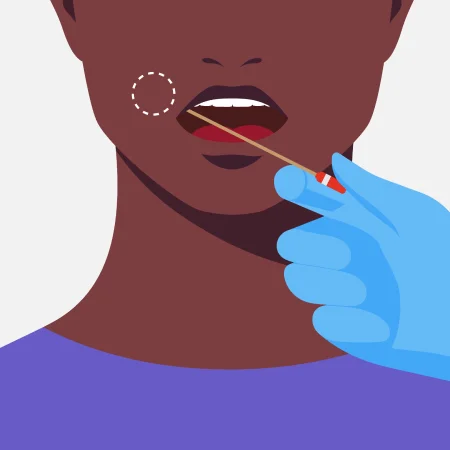
Saliva tests can detect norcocaine shortly after use, but their sensitivity to metabolites is often lower than urine or blood tests.
Explore Saliva Drug TestLegitimate Use Cases for Norcocaine
Norcocaine has no recognised legitimate use outside of being a metabolite of cocaine. However, detecting norcocaine is essential in:
- Clinical Toxicology: To assess potential cocaine toxicity.
- Forensic Investigations: To confirm recent cocaine use.
- Legal Proceedings: Particularly in drug-related cases or child custody disputes.
Will Norcocaine Show Up on a Drug Test?
Yes, norcocaine can appear on drug tests designed to detect cocaine metabolites. Its presence typically confirms the body's metabolism of cocaine, offering more specific evidence than unmetabolised cocaine itself.
Get a Quote
How Long Does Norcocaine Stay in Your System?
The detection time for norcocaine depends on the testing method:
- Urine: 1 to 3 days
- Blood: Up to 24 hours
- Hair: Several months
- Finger and Toe Nail: Detectable for several months
Get a Quote
Factors Influencing Norcocaine Presence in Your Body
Several factors affect norcocaine detection:
- Frequency and Dose of Cocaine Use: Repeated or high-dose use increases norcocaine levels.
- Individual Metabolism: Variations in liver enzyme activity can alter the rate at which cocaine is metabolised into norcocaine.
- Co-Substance Use: Alcohol consumption, for example, can lead to the formation of cocaethylene, complicating detection profiles.
Norcocaine Use in Legal Scenarios
Norcocaine detection plays a critical role in legal cases, such as:
- Child Custody Disputes: To assess the suitability of a parent suspected of cocaine use.
- Criminal Cases: Including DUI or drug possession charges.
- Workplace Drug Testing: Particularly in industries with zero-tolerance policies for drug use.
False Positives and Interpretation of Norcocaine Results
False positives for norcocaine are rare. However, confirmatory testing using GC-MS (Gas Chromatography-Mass Spectrometry) or LC-MS/MS (Liquid Chromatography-Tandem Mass Spectrometry) is essential to ensure accuracy and avoid misinterpretation.
Popular Culture and Norcocaine
Cocaine and its metabolites like norcocaine have been glamorised in media and popular culture, often overlooking the severe health, legal, and societal consequences of its use.
Get a Quote
Notable Forensic Cases Involving Norcocaine
Forensic cases involving norcocaine have highlighted its role as a reliable indicator of cocaine metabolism. For instance, norcocaine detection has been pivotal in cases determining cocaine's role in drug-induced fatalities or its influence on impaired behaviour.
Risk of Contamination
Contamination risks for norcocaine testing are minimal, as it is an internal metabolite. However, improper sample collection or handling can compromise test accuracy, emphasising the need for strict protocols.
Get a Quote
